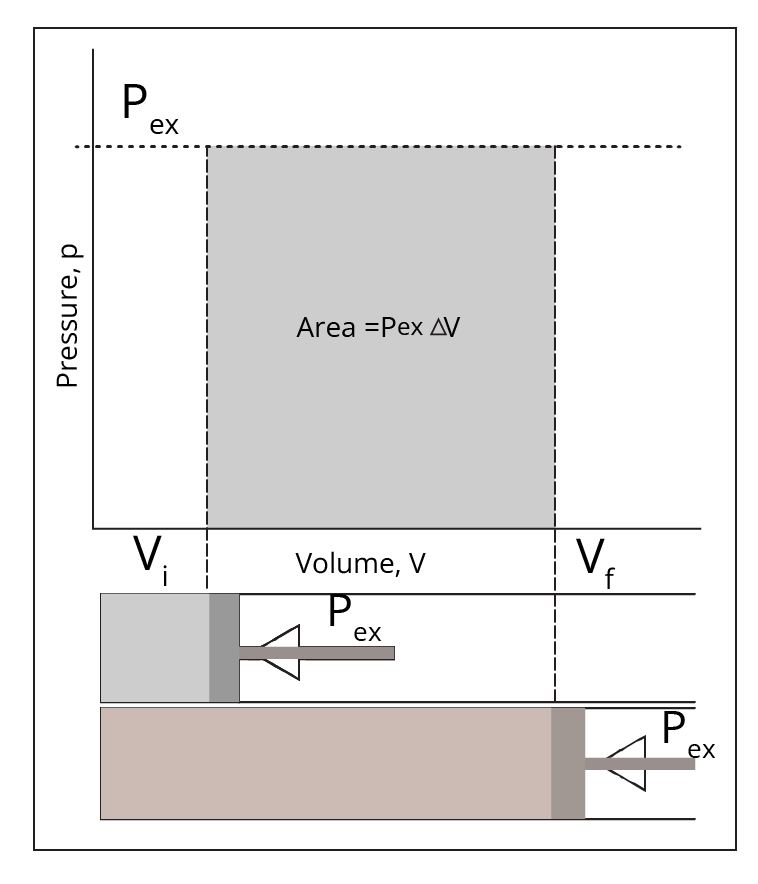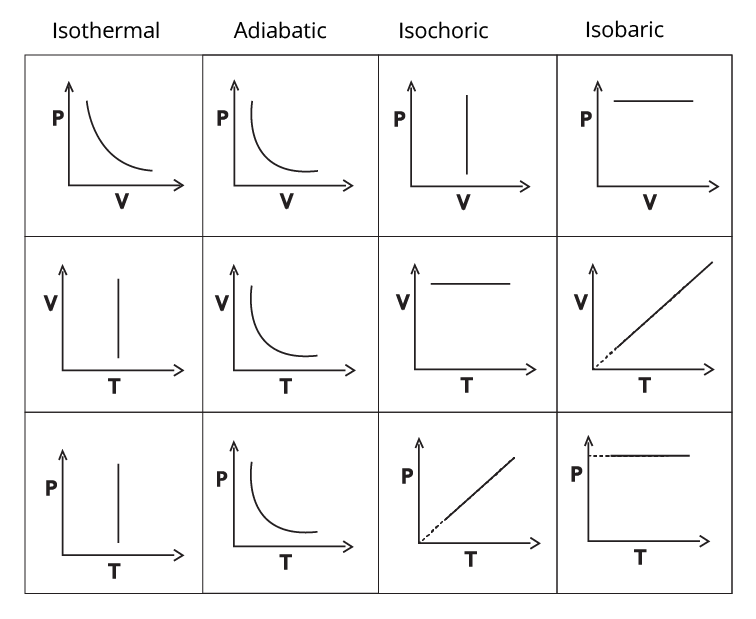Thermodynamics Class 11 Chemistry Notes PDF Download
FAQs on Thermodynamics Class 11 Notes: CBSE Chapter 5
1. What are Thermodynamics Class 11 notes about?
Thermodynamics Class 11 notes cover the study of energy changes in chemical reactions and physical processes, including concepts like heat, work, and internal energy.
2. What do Thermodynamics Class 11 Chemistry notes include?
Thermodynamics Class 11 Chemistry notes include the laws of thermodynamics, enthalpy, and Gibbs free energy and their applications in predicting reaction spontaneity.
3. What is covered in Class 11 Chemistry Chapter 5 notes?
Class 11 Chemistry Chapter 5 notes cover thermodynamics principles such as the laws of thermodynamics, enthalpy changes, and the concept of spontaneity.
4. Is there a Thermodynamics Class 11 notes Chemistry PDF available for download?
Yes, a Thermodynamics Class 11 notes Chemistry PDF is available for download from Vedantu.
5. What are Thermodynamics Class 11 Chemistry short notes?
Thermodynamics Class 11 Chemistry short notes provide concise summaries of key concepts, including laws of thermodynamics and enthalpy.
6. What is the focus of Thermodynamics Class 11 notes?
The focus is on understanding energy transformations, the laws of thermodynamics, and their implications for chemical reactions and equilibrium.
7. How are enthalpy changes explained in Class 11 Chemistry notes?
Enthalpy changes are explained through concepts like enthalpy of reaction, Hess’s Law, and practical measurement techniques.
8. What are the key concepts in Class 11 Chemistry Thermodynamics notes?
Key concepts include the first, second, and third laws of thermodynamics, enthalpy, entropy, and Gibbs free energy. Students can visit the Vedantu website for the Thermodynamics class 11 notes chemistry pdf download.
9. How can I get the Thermodynamics Class 11 Chemistry notes PDF?
Thermodynamics Class 11 Chemistry notes PDF can be downloaded from Vedantu that offer resources for Class 11 Chemistry.


























